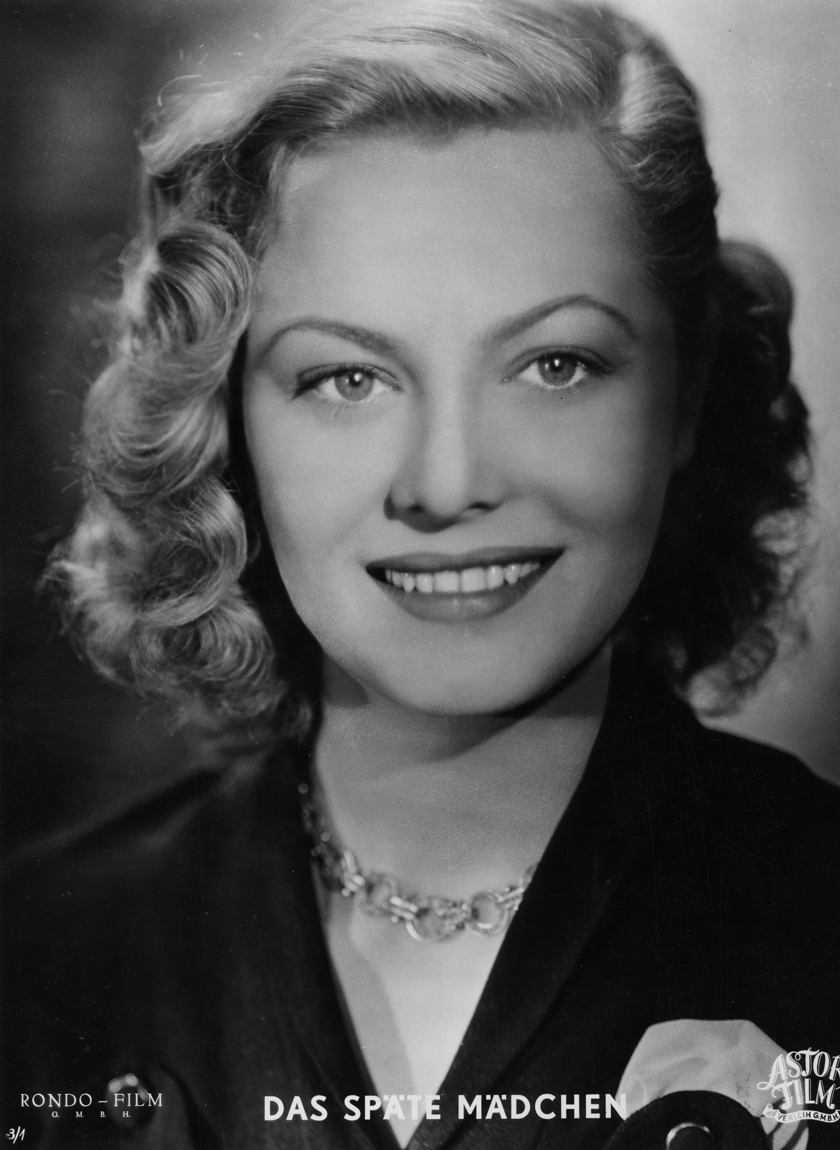
Stützen Der Gesellschaft is arguably Douglas Sirk’s first great film, an emotionally charged morality play that offers a foretaste of the of the cinematic jewels that Sirk would craft during his time in Hollywood in the 1940s and ‘50s. Based on a popular stage play by Henrik Ibsen, the film deals with themes that would preoccupy Sirk in many of his later films- the hypocrisy of the middle classes, the conflict between societal constraints and personal impulses, the failing of the old class system, etc.
By the time he made this film, Sirk (then known by his birth name Detlef Sierck) had already earned a solid reputation as a filmmaker in Germany, but this marked an important artistic turning point in his career. He had become aware of the importance of lighting and camera positioning to achieve specific moods and sustain the dramatic thrust of the film, and so we begin to see the stylistic developments that would define his very individual approach to the cinema.
In many ways, Stützen Der Gesellschaft is a film that is ahead of its time and, had it been made in English, it could easily be mistaken for one of Sirk’s early American films. The lighting is particularly effective, not only in contributing to the increasingly somber tone of the piece, but in delineating the characters and underscoring their inner conflict. The high point is the dramatic sea storm from sequence at the end of the film, in which the forces of nature tear their way into the narrative and resolve a maelstrom of crises in the most spectacular manner. Sirk was clearly destined for great things after this. James Travers. 2008













